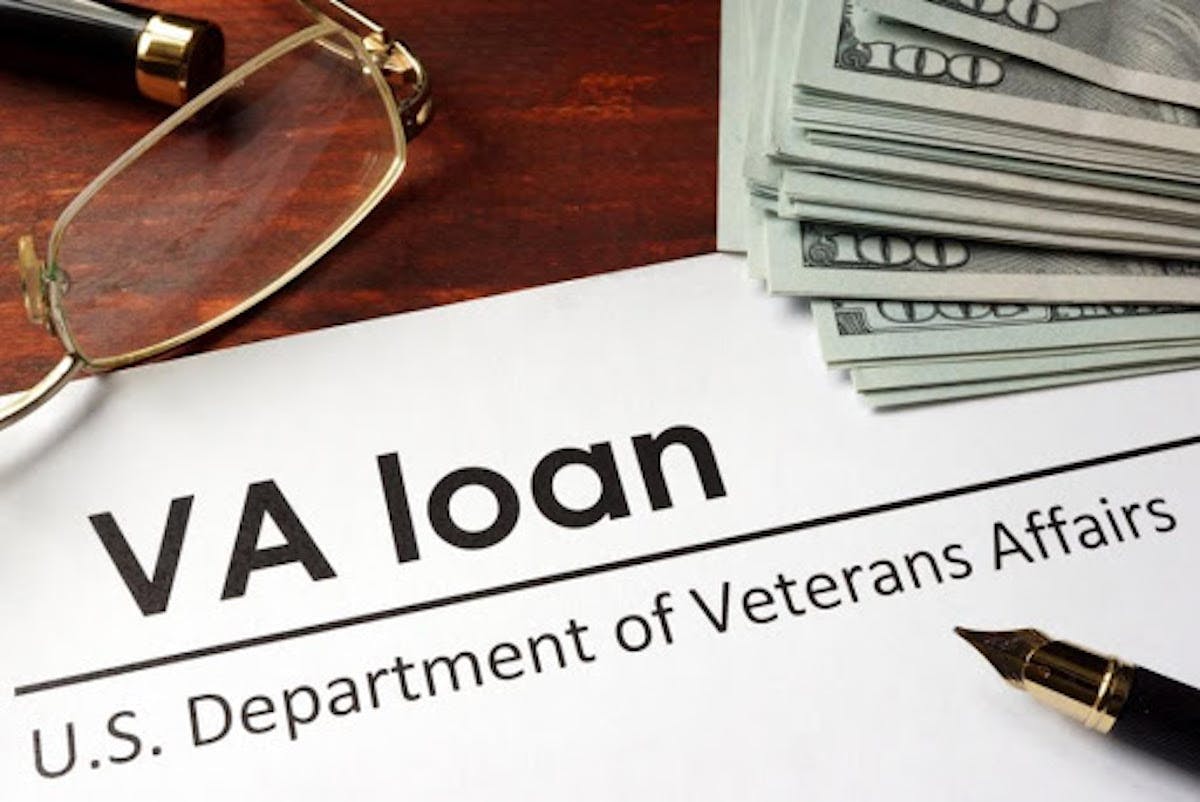Changes are coming to VA loans that could prove beneficial to eligible buyers throughout western Washington.
Starting January 2020, the maximum loan amounts that the Department of Veterans Affairs (VA) will accept from buyers – while still not having to bring a down payment – will be going up.
As you know, the VA offers loans that are exclusive to current and former members of the military or their surviving spouses (if not remarried), including the highest-value loans without requiring a down payment. The department guarantees loans made by mortgage lenders after buyers are qualified for the program.
The VA traditionally sets loan limits based on county median home values reported by the Federal Housing Administration. In King, Pierce and Snohomish counties, the loan limits in 2019 are $726,525 and $484,350 in the rest of Washington state (and most other parts of the country, for that matter).
Currently, VA loan applicants seeking to purchase a home above the loan limits may do so if they can bring to closing 25% of the difference. For example, if an applicant has eyes on an $800,000 house, that buyer must bring 25% of $73,475 ($800,000 minus the loan limit of $726,525), or $18,369, to closing.
Good news: That ceiling will be removed on Jan. 1, meaning veterans and current members of the military seeking a first-time VA loan will be able to use their benefit to purchase a higher-priced home with no money down (assuming the applicant meets all of the lender’s requirements). The 2019 rules remain in place next year for borrowers seeking a second (or subsequent) VA loan or for those who have defaulted on a previous VA loan.
This removal of loan limits to a majority of applicants is welcome news for current and former members of the military in Seattle/King County – and elsewhere. It gives them greater opportunity to buy a bigger, more expensive home and makes the VA loan more competitive with conventional loan products offered by lenders. (In many cases interest rates on VA loans are lower than conventional 30-year mortgage rates.)
All VA loans come with a one-time funding fee in lieu of monthly mortgage insurance costs. That fee will rise in January to a range of 1.25%-3.6% of the loan amount, with the average figure of 2.3% in 2020. Using the $800,000 home example cited above, the funding fee could run about $18,400 – depending on a few factors. In many cases, the fee can be included in the monthly mortgage payment.
The fee, in part, helps the VA repay the lender if a borrower defaults on the loan. Starting in 2020, Purple Heart veterans will not be responsible for paying such a fee, joining most disabled veterans in this group of exempt applicants.
While the key benefit of the VA loan program is the 0% down payment, borrowers are permitted to put money down at closing. Doing so would help lower the one-time funding fee, monthly mortgage payments and total interest due on the loan.
The new changes are part of the Blue Water Navy Vietnam Veterans Act, voted into law this summer. In addition to removing loan limits and raising funding fees, the legislation will provide disability benefits for Navy veterans exposed to Agent Orange during the Vietnam War. VA fees will help defray the cost of health care for those afflicted with illnesses related to the deforestation chemicals used by the U.S. in Vietnam.
VA loans sometimes get a bad rap for being difficult to complete. For example, the appraisal – where an offer price should be at or below the home’s market value – will often be exacting, time consuming and sometimes lead to delays in closing. And buyers can forget getting a VA loan if the home needs major renovation; applicants very likely will not receive financing because the purchasing property must be move-in ready.
It’s not uncommon to see sellers offer closing cost assistance to VA loan recipients as long as it stays at or below 4% of the purchase price. For example, sellers can ease the financial burden to buyers by offering to pay a certain amount of the closing or cover a specific line item such as property taxes or homeowners insurance. A seller’s personal property left in the home – furniture, TVs, pool table, for example – also qualifies as a “concession” to buyers and must be counted as part of the 4% limit.
In addition, certain energy-efficiency improvements can be added to the VA loan amount, along with acceptable costs and fees.
For more information on the loan program, check out the VA website or contact a mortgage lender qualified to issue these loans. For example, Priority Home Lending, based in our offices, can assist.
As we prepare to mark Veterans Day in our own special way, the real estate industry takes pride in helping those associated with the U.S. military. We thank you for your service.




